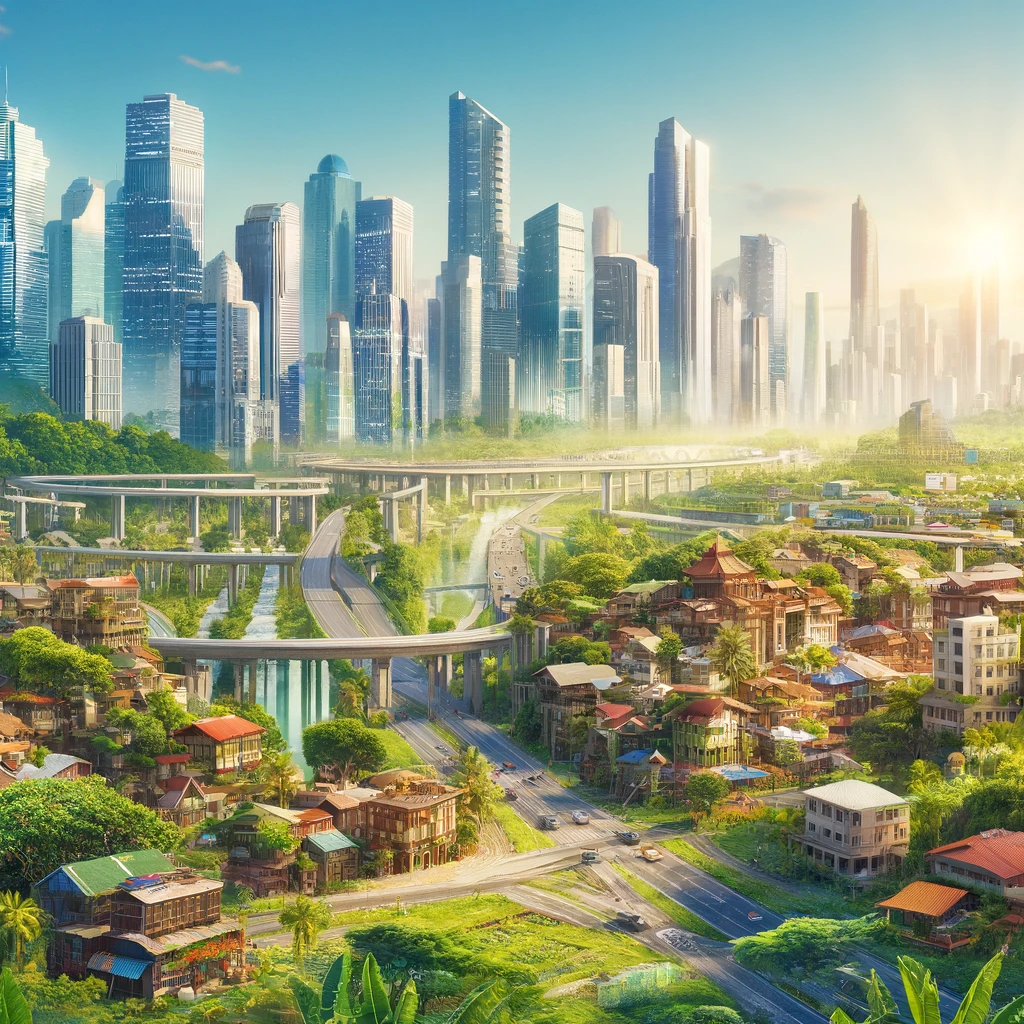The Philippines, a rapidly urbanizing nation, stands at the forefront of Southeast Asia’s booming property development market. As major cities expand and the middle class continues to grow, demand for residential, commercial, and industrial spaces has surged exponentially. This growth presents numerous opportunities and challenges for developers and investors alike. This article explores the dynamic landscape of property development in the Philippines, highlighting its critical role in driving economic progress and reshaping urban environments throughout the country.
Historical Context and Evolution
Property development in the Philippines has undergone significant transformation over the past several decades. Initially concentrated in key urban centers such as Metro Manila and Cebu, the sector expanded in tandem with supportive government economic policies, increased foreign direct investments, and substantial inflows of remittances from Overseas Filipino Workers (OFWs). This growth parallels the country’s economic transition from an agriculture-focused economy to a diversified, service-driven market. As a result, real estate development has become a pivotal economic engine contributing substantially to national GDP.
Current State of the Market
As of 2024, the Philippine property market remains vibrant and highly competitive, characterized by vigorous growth across residential, commercial, and industrial sectors. Leading developers such as SM Prime, Ayala Land, and Megaworld continue to expand their portfolios, fueled by consistent domestic demand, favourable government incentives, and progressive infrastructure initiatives including the ongoing “Build, Build, Build” program. These infrastructure enhancements improve connectivity and accessibility nationwide, boosting real estate development beyond traditional metropolitan areas and encouraging regional urbanization.
Challenges and Opportunities
Despite robust growth, the Philippine property development sector encounters complex challenges such as intricate land acquisition procedures, stringent zoning laws, and the persistent threat of natural disasters given the country’s location along the Pacific Ring of Fire. Nevertheless, these obstacles open avenues for innovation in sustainable building practices and disaster-resilient construction. Many developers are increasingly prioritizing green technologies, eco-friendly designs, and climate-adaptive structures, aligning with global sustainability standards to meet both regulatory requirements and consumer demand for safer, greener living environments.
Case Studies: Success Stories and Lessons Learned
Notable developments like Bonifacio Global City (BGC) in Taguig and the Iloilo Business Park demonstrate the promise of strategic urban planning in the Philippines. These mixed-use communities seamlessly integrate residential, commercial, and leisure spaces, fostering vibrant, inclusive neighborhoods that attract businesses and residents alike. Their success is attributed to prime location choices, comprehensive government support, emphasis on environmental sustainability, and responsiveness to community needs that together set benchmarks for future projects nationwide.
Future Outlook and Trends
The future of property development in the Philippines is set for continued momentum, driven by technological innovation, rising consumer purchasing power, and an expanding middle-class population. Adoption of smart city technologies, digital integration in property management, and increased focus on green building certifications will redefine the industry landscape. Additionally, emerging trends such as co-living spaces, transit-oriented developments, and modular construction methods are anticipated to improve affordability, accessibility, and sustainability, shaping a more resilient real estate sector capable of adapting to evolving urban demands.
In conclusion, property development in the Philippines stands as a dynamic and multifaceted industry with immense potential to fuel the country’s economic and urban growth. By proactively addressing existing challenges and capitalizing on innovative solutions and emerging market trends, developers, investors, and policymakers can collectively unlock sustainable growth opportunities. This progress will be critical in driving the Philippines towards its goal of becoming a modern, inclusive, and environmentally responsible nation.
Furthermore, the ongoing digital transformation in property development is revolutionizing how projects are planned and executed across the Philippines. Technologies such as Building Information Modeling (BIM), drones for site inspection, and data analytics for market forecasting have enhanced efficiency, accuracy, and transparency in the industry. These advancements facilitate better decision-making, reduce construction time, and lower costs, ultimately benefiting developers and consumers. Integrating these innovations with sustainable practices not only improves project outcomes but also aligns with global efforts to create resilient, smart cities that can effectively respond to climate change and urbanization pressures.
Want to know about ‘Matter for Your SMSF Property‘? Check out our ‘Real Estate‘ category.


